l´arte dell´armizare - The Italian Art of Arms
The training programs employed at AEMMA are the result of of years of extensive research & development, reconstruction and practice based upon surviving manuscripts and illustrations found in a variety of historical treatises and other period sources, with emphasis on the early period fencing of the XIV and XV centuries. This form of martial arts falls into a growing category of Historical European Martial Arts or HEMA [1] [2]. The principle sources and foundation for the training for the Italian traditional art are the Fiori dei Liberi's treatises, including "Flos Duellatorum" completed in 1410. The reason that Fiore dei Liberi's treatises were selected as the principal sources is that they are viewed as being the most complete description of a martial arts system recorded in the period. The treatises covers all manners of the fighting art which includes abrazare (grappling), daga (dagger), spada (arming sword), spada longa (longsword), lanza e azza (pole-weapons: spear & poleaxe), arme (armoured combat) and lanza e di spada a cavallo (mounted combat with spear and sword), all of which are reflected in the AEMMA training program.
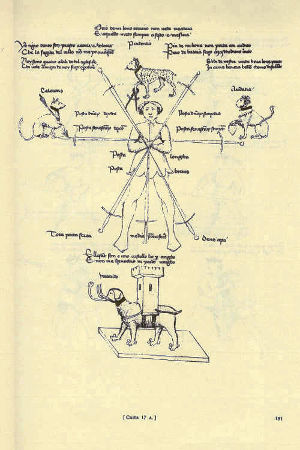
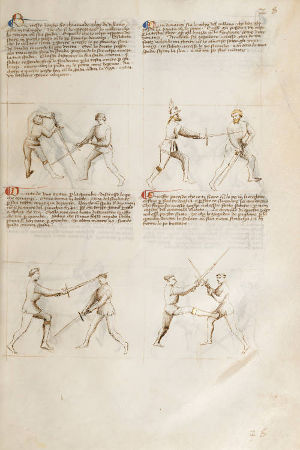
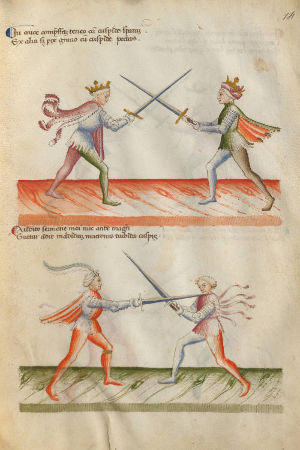
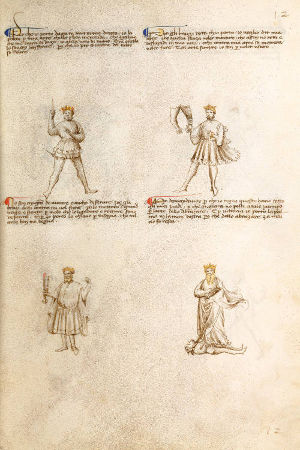
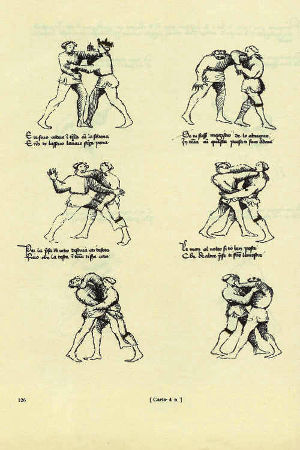
l´arte dell´armizare
Based on current research on Fiore dei Liberi, he does not formally define the fighting system described, and simply refers to it as l'arte dell'armizare loosely translated as "the art of arms". In keeping with the tradition, AEMMA formally names the fighting system simply as armizare. Flos Duellatorum or "Flower of Battle" is found in three flavours of the original treatise written or at least dictated by Fiore dei Liberi in 1410. These are known as the Novati/Pisani-Dossi (available for study in the online library), the J.Paul Getty Museum or Getty's copy (MS Ludwig XV13) and The Pierpont Morgan Library or Morgan's copy. AEMMA has in its possession, digital copies of all four versions, including a copy of an original 1902 Pisani-Dossi publication.
The citations for the four known versions of Liberi's treatises are:
- Fior di Battaglia: MS M.383 - The Pierpoint Morgan Library (codice "MORGAN")
- Fior di Battaglia: MS Ludwig XV 13 - J. Paul Getty Museum (codice "GETTY")
- Flos Duellatorum (Pisani-Dossi MS): F. Novati, Flos duellatorum: Il Fior di battaglia di maestro Fiore dei Liberi da Premariacco (Bergamo, 1902)
- Florius de arte luctandi: MSS LATIN 11269, Bibliothèque nationale de France (BnF)
- Historical European martial arts (HEMA) refers to martial arts of European origin, particularly using arts formerly practised, but having since died out or evolved into very different forms. The term Western martial arts (WMA) is sometimes used in the United States and in a wider sense including modern and traditional disciplines. During the Late Middle Ages, the longsword had a position of honour among these disciplines, and sometimes historical European swordsmanship (HES) is used to refer to swordsmanship techniques specifically. source: Wikipedia. Historical European martial arts. Retrieved: January 17, 2017.
- The Historical European Martial Arts Coalition (HEMAC) is a collection of martial artists and researchers in Europe. They are dedicated to the study, reconstruction, practice and promotion of traditional European fighting arts, based on the study of surviving technical sources (treatises and manuals). HEMAC was established in 2001 and is a non-hierarchical, round-table organisation, consisting of individual researchers and martial artists from many groups across Europe. source: HEMAC. Retrieved: January 17, 2017.
